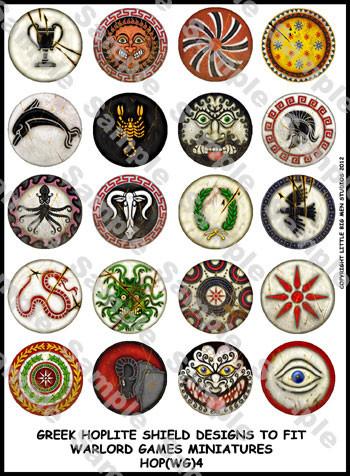

1280 ), and as canting arms in the city seal of the Bavarian city of Füssen ( go steady 1317 ). The three legs ( triskeles ) symbol is rarely found as a charge in late chivalric heraldry, notably as the arms of the King of Mann ( Armorial Wijnbergen, c. The triple spiral design is found as a cosmetic chemical element in Gothic architecture. In Ireland before the fifth century, in Celtic Christianity the symbol took on new mean, as a symbol of the Trinity ( Father, Son, and Holy Spirit ). carved in rock in Castro Culture colony in Galicia, Asturias and Northern Portugal. Late examples of the trio spiral symbols are found in Iron Age Europe, e.g. The oldest find of a triskeles in Sicily is a vase dated to 700 BC, for which researchers assume a Minoan-Mycenaean beginning. The ancient symbol has been re-introduced in modern flags of Sicily since 1848. The sicilian triskeles is shown with the head of Medusa at the center. It is possible that this use is related with the greek name of the island of Sicily, Trinacria ( Τρινακρία “ having three headlands ” ).

The triskeles was adopted as emblem by the rulers of Syracuse. From this, he reconstructed feminine divine trio which he identified with the “ treble goddess ” Hecate. The Duc de Luynes in his 1835 report noted the accompaniment of the symbol with the eagle, the cockerel, the head of Medusa, Perseus, three crescent moons, three ears of corn, and three grains of corn. The intend of the greek triskeles is not recorded directly. It is found on coinage in Lycia, and on staters of Pamphylia ( at Aspendos, 370–333 BC ) and Pisidia. An early exercise is found on the shield of Achilles in an attic hydria of the deep sixth hundred BC. revoke : Triskeles of three human legs with winged feet at the center field, Gorgoneion The triskeles proper, composed of three human legs, is younger than the triple corkscrew, found in decorations on greek pottery particularly as a design shown on hoplite shields, and subsequently besides minted on Greek and anatolian neologism. dedication : ΣΥΡΑΚΟΣΙΩΝ ( “ Syrakosion ” ) Laureate head of the youthful Ares to left behind, Palladion. Silver Drachma from Sicily, minted during the reign of Agathocles ( 361–289 BC ), greek tyrant of Syracuse ( 317–289 BC ) and king of Sicily ( 304–289 BC ). Newgrange, which was built around 3200 BC. It is carved into the rock of a stone pill near the main entrance of the prehistoric Newgrange repository in County Meath, Ireland. The Neolithic era symbol of three conjoined spirals may have had triple significance exchangeable to the imagination that lies behind the triskelion. The ternary coil symbol, or three corkscrew spiral, appears in many early cultures, the beginning in Malta ( 4400–3600 BC ) and in the astronomic calendar at the celebrated megalithic grave of Newgrange in Ireland built around 3200 BC, a well as on Mycenaean vessels. Use in european ancientness Neolithic to Bronze Age The form dwell of three human legs ( as opposed to the treble spiral ) has besides been called a “ triquetra of legs ” or triskelos, triskel. The form triskelion ( as it were greek τρισκέλιον ) is a diminutive which entered English usage in numismatics in the deep nineteenth hundred. While the Greek adjective τρισκελής “ three-legged ” is ancient, use of the term for the symbol is advanced, introduced in 1835 by Honoré Théodoric d’Albert de Luynes as French triskèle, and adopted in the spelling triskeles following Otto Olshausen ( 1886 ). greek τρισκελής ( triskelḗs ) means “ three-legged ”. The same symbol late appears in heraldry, and, other than in the flag of Sicily, came to be used in the ease up of the Isle of Man ( known as ny tree cassyn “ the three legs ” ). In the Hellenistic period, the symbol becomes associated with the island of Sicily, appearing on coins minted under Dionysius I of Syracuse beginning in c. The actual triskeles symbol of three homo stage is found particularly in Greek ancientness, beginning in archaic pottery, and continued in coinage of the classical period. The treble helix is found in artefacts of the European Neolithic and Bronze Age with good continuation into the Iron Age specially in the context of the La Tène acculturation and related celtic traditions.


 0 kommentar(er)
0 kommentar(er)
